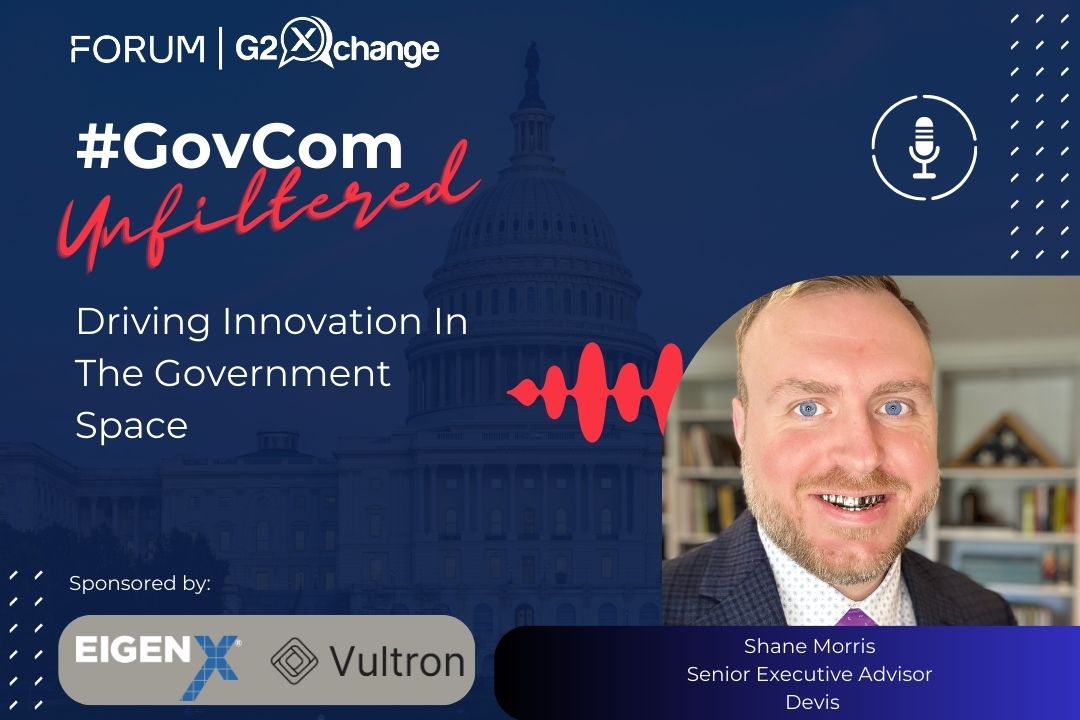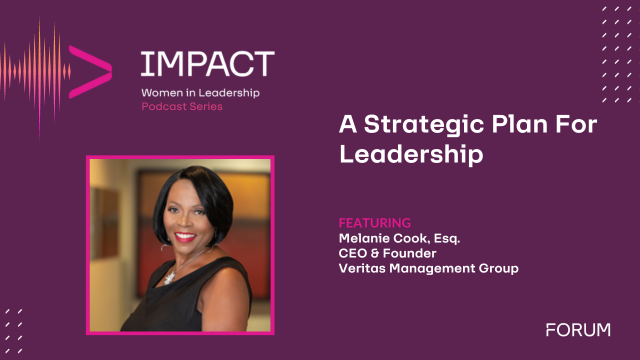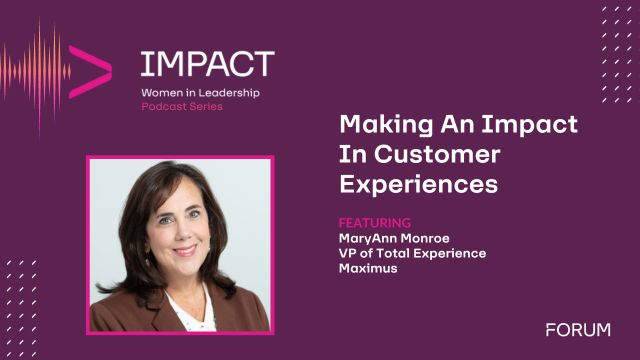In this month’s article, Mike Farahbakhshian takes on application design and how it breaks human psychology. Time to read: 8 minutes. Suggested drink pairing: Death Wish Coffee, over ice, and you can Irish it up if you like; he won’t judge.
Beyond Opioids: App-ioids
Greetings, readers. Today I’m going to talk about something serious so here’s the point up front. I think that bad app design and bad data mining algorithms are breaking human psychology.
I figure if we grouse as much as we do about opioid addiction, we should talk about this too. After all, broken reward mechanisms are broken reward mechanisms.
Today, in 2018, we are dealing with the delayed side effects of:
- potent synthetic opioids, orders of magnitude stronger than morphine
- refined sugar and high fructose corn syrup, so cheap it’s subsidized
- omnipresent BPA, volatile organic chemicals, and xenoestrogens from soy, plastics and birth control
- psychotropic drugs, like antidepressants, in our water supply
- air pollution, which affects development and cognition
and more. In the same vein, the Health IT community will need to deal with the long-term effects of Web 2.0 breaking human psychology. In the next decades, we will deal with the downstream effects of bad app design. At the same time, the apps we develop to manage Healthcare need to avoid the same traps that are causing the problem.
Video game addiction: Not Quite What You Imagine.
This is not a new subject. You’ve heard of research showing video game addiction is real. Likewise, social media like Facebook and Twitter have UIs that exploit our brain’s dopamine reward centers. I joke that Facebook sells you a drug that makes you feel like you’re “popular in high school forever.” Online dating has changed: Ease of swiping plus casino-like back-end algorithms turn Tinder into a slot machine.
Even anonymous sites with antiquated UI/UX such as 4chan are the subject of cyberwar and social engineering campaigns. Ironically, this memetic warfare is perpetuated by the same bad actors who are concerned – irrationally, violently concerned – about chemicals in our water.
I know I must sound like Alex Jones right now: “BAD APP DESIGN IS TURNING THE FRIGGIN’ FROGS INTO INTERNET ZOMBIES!”
I’m gravely concerned about how the Internet’s echo-chamber mentality leads to the crumbling of discourse, the rise of violent identity politics and the mixing of fact and lies. Infinite scrolling/skimming is breaking our reading comprehension. Smart phones and tablets are breaking our attention span. Information overload means we don’t know what to believe. Society is deeply broken and many actors are taking advantage of these fractures.
I don’t have an answer to this. But I do have a few observations.
I’ll tell you these observations and maybe you can do something with it. App designers can use them to avoid being evil in their work. Data scientists can use these as food for thought to research potential correlations or trends that can help. Health IT SMEs and clinicians can see if there are any insights to improve patient outcomes, when we deal with the aftereffects in ten years.
A Disclaimer
All of these observations are anecdotal and based on my own limited social network and experience. But I’ve been on the Internet a long time, longer than most of you, starting with BBSes and FidoNet back in 1991. (I dabbled in more embarrassing things like ham radio before then.) I’ve witnessed the evolution, in real time, of connected computing moving from a novelty, to dedicated activity, to an integral part of our daily lives. I may not be one of the cool kids who read G2X/FedHealthIT Magazine, but I have a large sample set and size really does matter.
Observation #1: The Ongoing Effects of Bad App Design Hit Vulnerable Populations First
Everyone’s been getting weirder since we all got connected 24-7 but in my experience, certain populations seem to be hit harder. I don’t know why, but I suspect it has something to do with dopamine. These populations are disproportionately non-neurotypical. In my observation, they track with one or more of the following neuropsychiatric conditions:
- Depression
- ADHD
- PTSD/abuse
- Substance abuse/addictive personalities (naturally)
- Anxiety
- Autism Spectrum (including what used to be considered Asperger’s)
- Cluster B personality disorders
Cheap, easy hits of dopamine with variable reward timing are not kind to anyone, but it seems to hit the non-neurotypical population harder, and first.
Application designers: Be sure to have inclusive populations that represent the whole neurological spectrum in your UI/UX testing. Not only is it good for accessibility and being a decent human being, but it helps sniff out any potential dopamine short circuiting early.
Clinicians: Be prepared for an uptick of social media/videogame addiction in these populations.
Observation #2: Make it Like a Slot Machine, Treat it Like a Slot Machine
The giving of (semi-)random “casino” awards, also called intermittent reinforcement, is a key aspect of operant conditioning. It also seriously affects the brain’s reward circuitry. That’s why it’s used for dog training. It already affects anyone with a smart phone who checks email. It affects video gamers and people who use dating apps. It’s been repackaged as “FOMO”: Fear of Missing Out, where any novel information can be potentially treated as a reward, thus keeping users’ eyes glued on a social media service.
In general, an app designer has an obligation to keep a user using the app. Very often this is in order to make money for a corporation with an obligation to remain profitable. The problem is, applications are tools. Tools are by their nature designed to be used on demand for a task, not used forever.
Yet if a hammer gave me a hundred dollars randomly one out of every so many nails, you bet I’d be hammering nails into every piece of wood in town nonstop. At that point the hammer is no longer a tool, it’s a Skinner box. Make tools, not Skinner boxes.
Low-effort dopamine hit.
Application Designers: Make rewards consistent, with diminishing returns, and commensurate with effort. Rewards should be consistent and with diminishing returns for low effort things. “Like buttons,” like use of goto, are considered harmful.
Clinicians: Prepare for an uptick in addictive/obsessive behaviors in younger, otherwise well-adjusted Millennial populations.
Suggested Follow Up Reading
For more on this subject, I recommend reading Facehooked: How Facebook Affects Our Emotions, Relationships, and Lives by Suzana Flores.
Observation #3: Boundaries Enforce Balance
Infinite scrolling grinds my gears, not simply because it breaks proper functionality of a browser back button. Without having a bounded beginning, middle and end to my Web experience, I am placed into an intermittent reward situation with my time. This leads me to skim instead of read since I don’t know how much of my brainpower to invest in my infinite-scrolling webpage.
This is bad; this breaks human reading comprehension. Even in literate adults.
Application designers: Please make sure you show beginnings, middles and ends to every interaction. This will lead to increased user engagement and a smarter populace. Especially where Health IT is involved, we want literate and engaged patients, providers and administrators. Attention spans are shrinking; build them back by making an honest interface.
Clinicians: Right now our connected digital world does not enforce boundaries. You may want to consider developing pathways to enforce boundaries in your patients.
Suggested Follow up Reading
For more on this subject, I recommend reading Words Onscreen: The Fate of Reading in a Digital World by Naomi S. Baron.
Observation #4: Too Much Convenience is Dangerous
People will choose convenient, harmful things over inconvenient, healthy things. We live in a world where we can have anything delivered to our door: Products, entertainment, delivery food, groceries, alcohol, marijuana(!), and more.
With such material convenience, there is no reason to ever leave your house, except for social interaction. Except social media and connected communication allow for the social itch to be scratched!
Japanese Lost Generation statistics
Or so it seems. In reality, social media is making us more lonely, anxious, envious, and isolated than ever before. For whatever reason, constant connectedness is an “empty calorie” of social interaction, and has been leading to more and more extreme behavior. We saw it at first with Japanese youth of the 1990s who became “hikikomori,” eschewing reality for video games, as part of Japan’s Lost Generation. The last decade has seen the rise of modern-day NEETs and their tie to the alt-right. Now we see lifestyle branding targeting otherwise successful millennial introverts who have become shut-ins; not simply puttering around their home or apartment, but literally stay in bed all day. Witness the success of the “Namas’tay in Bed” lifestyle tag.
I want to make this clear: I am not saying that bad app design is solely responsible for lonely, bitter, radicalized shut-ins. A depressed economy, bleak job market, and predatory lending/banking practices have made life more miserable for everyone and encourage isolation.
What bad app design has done is allowed a convenient “life-lite” satisficing, but not satisfaction, of material and social cravings. What bad community design and curation has done is allow “walled gardens” to become echo chambers. These echo chambers now amplify grievances rather than provide community support. Witness what this has done for incels. What bad data mining and machine learning has done is allow these socially malnourished, miserable souls to be manipulated and weaponized. The Internet is broken and the future is engineered. We may be in the grips of an opioid epidemic, but our connected culture of echo chambers is an opiate of its own.
Application designers: Make your applications help people do real-world tasks. Don’t make your application an escape from the real world. If your application or site has a community or social aspect, prevent echo chambers and bad actors; enforce moderation and curation of content. Back-end algorithms should identify at-risk behaviors and suggest healthy, corrective alternatives, not encourage bad behaviors.
Clinicians: Prepare for an uptick of physical and psychological conditions associated with stress, loneliness and isolation, sleep disruption from digital devices, as well as lack of physical exercise from all that Namas’taying in bed.
Please don’t take this lying down.
Suggested Follow Up Reading
For more on this subject, I recommend reading Shutting Out the Sun: How Japan Created Its Own Lost Generation by Michael Zielenziger.
Lighting a Path to a Saner Future
We are in a big pickle because app design is breaking human reward mechanisms, and humans live a long time. Like any trauma – drugs, alcohol, abuse, PTSD – there’s a long of unforeseen and unexpected effects. There may even be epigenetic effects much like those seen in the descendants of Holocaust survivors (although the validity of that specific study is being contested).
We will need application designers, UI/UX experts, and clinicians to work together to identify what can be done to nip this epidemic in the bud. From a Federal Health IT perspective, we need full engagement with US Digital Services, the Office of the National Coordinator, the Surgeon General and the department heads overseeing Defense, Veteran and Civilian Health. Generation X and older Millennials are the canary in the coal mine, but there are Generation Z children today, the same children being traumatized by auto-generated YouTube videos, whose malleable minds are being shaped by the application landscape today.
This is a problem that affects everyone of every political stripe, from the John Birch Society to the DSA. It needs to be solved immediately and it will require all hands on deck. The future is here, and it’s broken. We need to fix it ASAP.
P.S. Our last conversation was you asking when my next article would be up. Sorry I was late. This one’s for you, Bert.

















